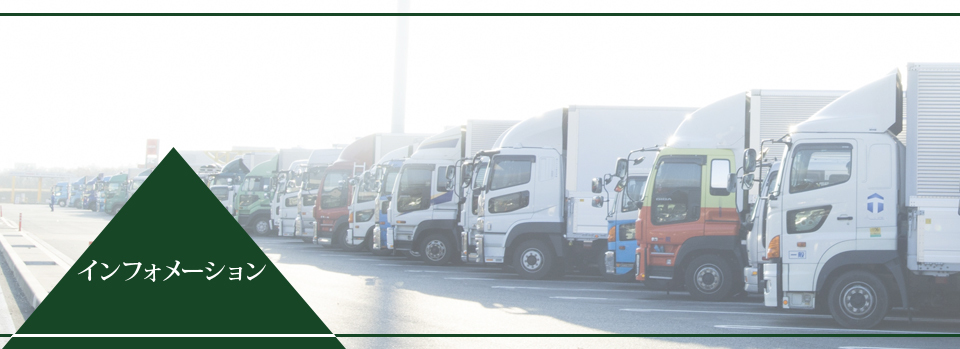Preferential Trade Agreement Issues
2023年5月4日
Preferential trade agreements (PTAs) are trade agreements that countries make with each other to reduce tariffs and other trade barriers. Preferential trade agreements can be bilateral, involving two countries, or multilateral, involving several countries.
Preferential trade agreements have become increasingly popular in recent years, as countries seek to boost trade and economic growth. However, PTAs are not without their issues and controversies. In this article, we will discuss some of the key issues related to preferential trade agreements.
1. Discrimination against non-member countries
One of the main criticisms of preferential trade agreements is that they can discriminate against non-member countries. By reducing tariffs and trade barriers with member countries, PTAs can make it harder for non-member countries to compete in the global market. This can lead to tensions and disputes between member and non-member countries.
2. Complicated rules of origin
Preferential trade agreements often include complex rules of origin that determine which products qualify for preferential treatment. These rules can be difficult to understand and comply with, which can create confusion and uncertainty for businesses. Additionally, the rules of origin can vary from one PTA to another, making it even more challenging for businesses to navigate.
3. Limited benefits for smaller economies
Preferential trade agreements can offer significant benefits to larger economies, but they may not be as helpful for smaller economies. Smaller economies may not have as much bargaining power as larger economies in negotiating preferential trade agreements. Additionally, the benefits of PTAs may be diluted for smaller economies if they have to compete with cheaper imports from larger economies.
4. Threats to domestic industries
Preferential trade agreements can also create threats to domestic industries, particularly in sectors that are not as competitive. For example, if a preferential trade agreement allows for cheaper imports of agricultural products, it could hurt domestic farmers who cannot compete with the lower prices. This can lead to job losses and economic instability in affected industries.
5. Lack of transparency
Another issue with preferential trade agreements is the lack of transparency in the negotiating process. Many preferential trade agreements are negotiated in private, and the details may not be available to the public until after they are signed. This lack of transparency can make it difficult for businesses and other stakeholders to provide input and feedback on the agreement.
In conclusion, while preferential trade agreements can offer significant benefits for countries, they are not without their issues and controversies. It is important to weigh the pros and cons of PTAs carefully and to ensure that they are negotiated in a transparent and fair manner. Additionally, countries should work to mitigate the negative impacts of PTAs on smaller economies and domestic industries.

